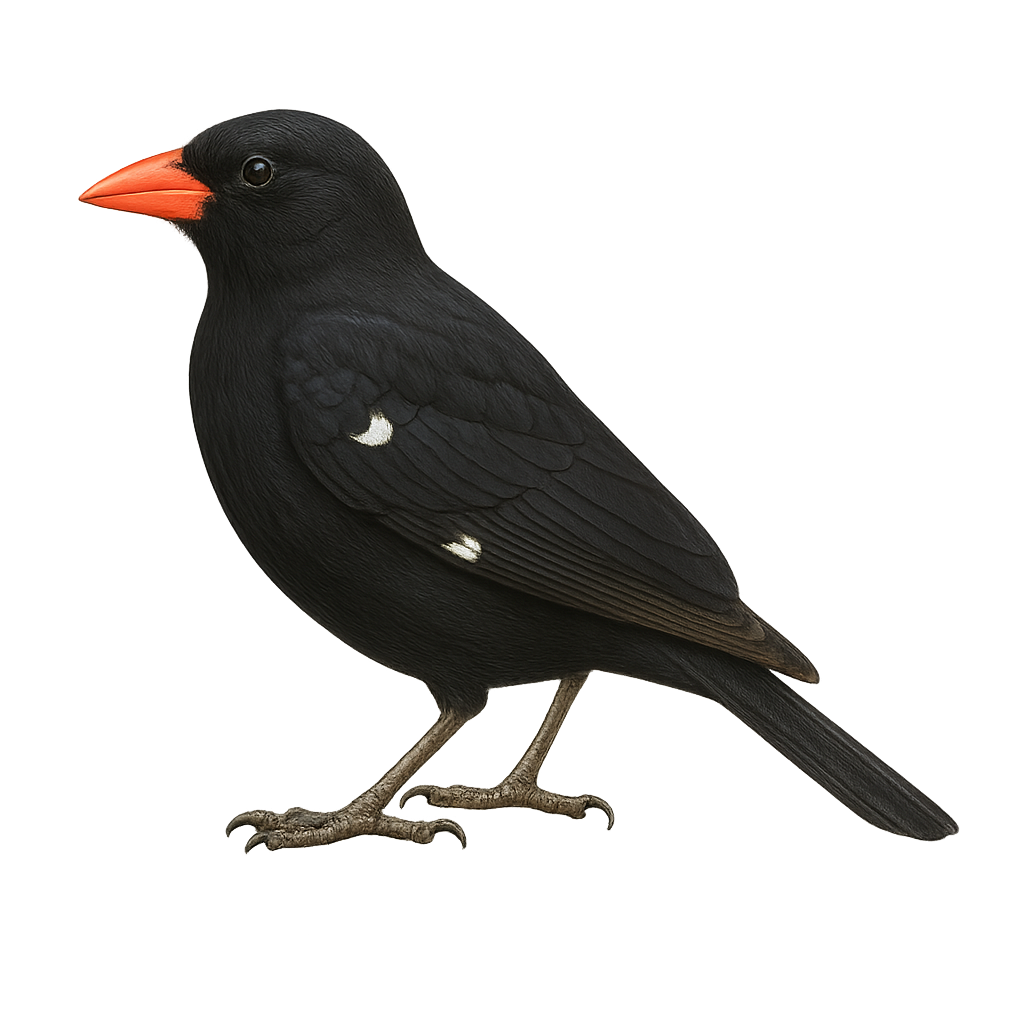Your wildlife photography guide.
Explore the buffalo weaver in detail, study its behavior, prepare your shots.
Where to observe and photograph the buffalo weaver in the wild
Learn where and when to spot the buffalo weaver in the wild, how to identify the species based on distinctive features, and what natural environments it inhabits. The WildlifePhotographer app offers tailored photography tips that reflect the buffalo weaver’s behavior, helping you capture better wildlife images. Explore the full species profile for key information including description, habitat, active periods, and approach techniques.
Buffalo Weaver
Scientific name: Bubalornis niger

IUCN Status: Least Concern
Family: PLOCEIDAE
Group: Birds
Sensitivity to human approach: Suspicious
Minimum approach distance: 10 m
Courtship display: December to March
Incubation: 13-15 jours
Hatchings: December to April
Habitat:
Savannas, dry woodlands, thorn forests
Activity period :
Primarily active during the day, with peak activity in the morning and late afternoon.
Identification and description:
The Buffalo Weaver, or Bubalornis niger, is a medium-sized African bird belonging to the Ploceidae family. It is primarily black with glossy highlights, and males have striking red eyes. This bird is known for its massive, ball-shaped nests, often built in colonies on thorny trees or artificial structures. It feeds mainly on seeds, insects, and small invertebrates. The Buffalo Weaver is a social bird, often seen in groups. It is widespread in the savannas and dry woodlands of sub-Saharan Africa. Although common, it is fascinating for its social behaviors and nest-building techniques.
Recommended lens:
400 mm – adjust based on distance, desired framing (portrait or habitat), and approach conditions.
Photography tips:
To photograph the Buffalo Weaver, it is advisable to use a telephoto lens of at least 400mm to capture details without disturbing the bird. Look for nest colonies in thorny trees or on artificial structures. Morning or late afternoon light is ideal to highlight the glossy reflections of their black plumage. Be patient and discreet to observe their fascinating social behaviors.
The WildlifePhotographer App is coming soon!
Be the first to explore the best nature spots, track rutting seasons, log your observations, and observe more wildlife.
Already 1 432 wildlife lovers subscribed worldwide

